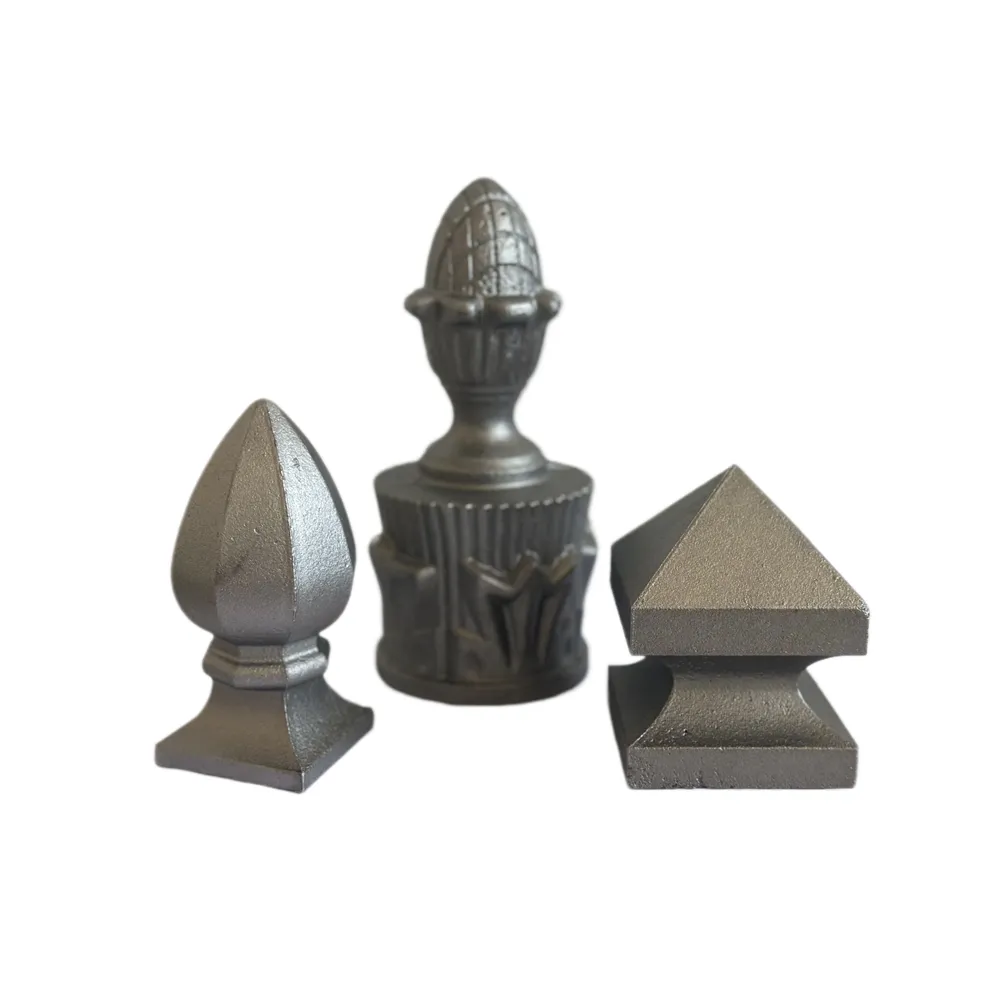Sliding Door Roller Assembly for Smooth Operation and Easy Installation
Understanding Sliding Door Roller Assemblies Functionality and Maintenance
Sliding doors have become a popular choice in modern architecture and design, offering both aesthetic appeal and functional convenience. They save space and provide easy access to and from outdoor areas or separate indoor spaces. One of the crucial components that ensure the seamless operation of sliding doors is the sliding door roller assembly. Understanding its functionality, components, installation process, and maintenance can help homeowners and builders optimize their use and longevity.
What is a Sliding Door Roller Assembly?
A sliding door roller assembly is a set of hardware components that enable the smooth gliding action of sliding doors. This assembly typically consists of rollers, a track, and various mounting brackets. The rollers are attached to the bottom of the sliding door and engage with a horizontal track that is mounted on the frame. Depending on the design, sliding door rollers can come in various materials, including plastic, steel, or nylon, each offering different advantages concerning durability, noise, and ease of movement.
Functionality of Sliding Door Roller Assemblies
The primary function of a sliding door roller assembly is to support the weight of the door while allowing it to move freely along the track. A well-functioning roller assembly should enable the door to slide open and closed with minimal effort, providing a seamless experience. When the rollers are properly aligned and lubricated, the door can glide smoothly along the track without sticking or creating noise.
Moreover, a well-designed roller assembly can enhance the safety and security of the sliding door. Many modern roller assemblies come equipped with features that prevent the door from being lifted off the track, which can be a potential security risk. This mechanism provides peace of mind, especially for patio doors or entryways that lead to outdoor spaces.
Installation of Sliding Door Roller Assemblies
Installing a sliding door roller assembly can be a straightforward process for those with basic DIY skills. However, it is crucial to ensure that all components are compatible with the specific type of sliding door being installed. Here’s a brief overview of the installation process
1. Remove the Existing Door If you are replacing an old assembly, carefully remove the sliding door by lifting it off the track.
2. Prepare the New Roller Assembly Follow the manufacturer’s instructions for assembling the new roller system. Make sure all parts are correctly aligned.
3. Install the New Track If necessary, install a new track on the door frame. Use a level to ensure it is straight, securing it with screws as recommended.
sliding door roller assembly

4. Attach the Rollers Fasten the rollers to the bottom of the sliding door. Make sure they are securely in place, allowing for smooth engagement with the track.
5. Hang the Door Lift the door and place the rollers onto the track. Carefully lower the door into position.
6. Test the Door Open and close the door multiple times to ensure it moves smoothly and is properly aligned.
7. Finalize Adjustments Adjust the height or alignment as necessary, ensuring that the door seals correctly when closed.
Maintenance of Sliding Door Roller Assemblies
To ensure the longevity and proper functioning of sliding door roller assemblies, regular maintenance is essential. Here are some tips
- Regular Cleaning Keep the track free of dirt, debris, and dust, which can impede the rollers' movement. Periodically wipe it down with a damp cloth.
- Lubrication Use a silicone-based lubricant on the track and rollers to reduce friction and enhance smooth operation. Avoid using grease, as it can attract dirt and create buildup.
- Check for Damage Regularly inspect the rollers and track for signs of wear or damage. Replacing worn or damaged components can prevent more serious issues.
- Adjust as Needed Over time, settling may cause the door to become misaligned. Adjust the roller height to maintain an even gap between the door and frame.
In conclusion, sliding door roller assemblies are essential in ensuring the functionality and aesthetic appeal of sliding doors. By understanding their components, installation methods, and maintenance needs, homeowners can enjoy the benefits of their sliding doors for years to come. Investing time and effort into maintaining these assemblies not only enhances the door’s performance but also contributes to the overall safety and convenience of the home.
-
Wrought Iron Components: Timeless Elegance and Structural StrengthNewsJul.28,2025
-
Window Hardware Essentials: Rollers, Handles, and Locking SolutionsNewsJul.28,2025
-
Small Agricultural Processing Machines: Corn Threshers, Cassava Chippers, Grain Peelers & Chaff CuttersNewsJul.28,2025
-
Sliding Rollers: Smooth, Silent, and Built to LastNewsJul.28,2025
-
Cast Iron Stoves: Timeless Heating with Modern EfficiencyNewsJul.28,2025
-
Cast Iron Pipe and Fitting: Durable, Fire-Resistant Solutions for Plumbing and DrainageNewsJul.28,2025
-
 Wrought Iron Components: Timeless Elegance and Structural StrengthJul-28-2025Wrought Iron Components: Timeless Elegance and Structural Strength
Wrought Iron Components: Timeless Elegance and Structural StrengthJul-28-2025Wrought Iron Components: Timeless Elegance and Structural Strength -
 Window Hardware Essentials: Rollers, Handles, and Locking SolutionsJul-28-2025Window Hardware Essentials: Rollers, Handles, and Locking Solutions
Window Hardware Essentials: Rollers, Handles, and Locking SolutionsJul-28-2025Window Hardware Essentials: Rollers, Handles, and Locking Solutions -
 Small Agricultural Processing Machines: Corn Threshers, Cassava Chippers, Grain Peelers & Chaff CuttersJul-28-2025Small Agricultural Processing Machines: Corn Threshers, Cassava Chippers, Grain Peelers & Chaff Cutters
Small Agricultural Processing Machines: Corn Threshers, Cassava Chippers, Grain Peelers & Chaff CuttersJul-28-2025Small Agricultural Processing Machines: Corn Threshers, Cassava Chippers, Grain Peelers & Chaff Cutters












